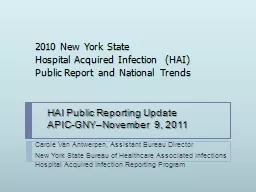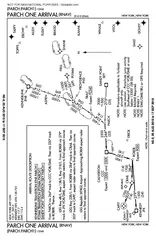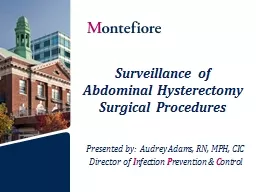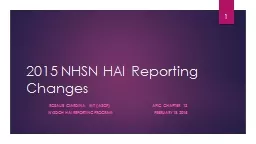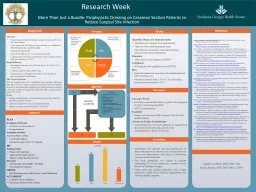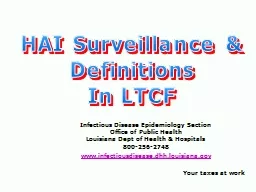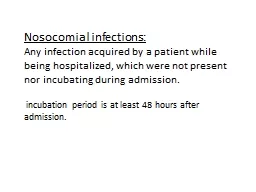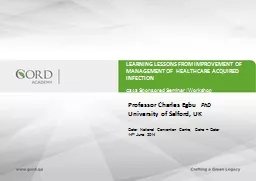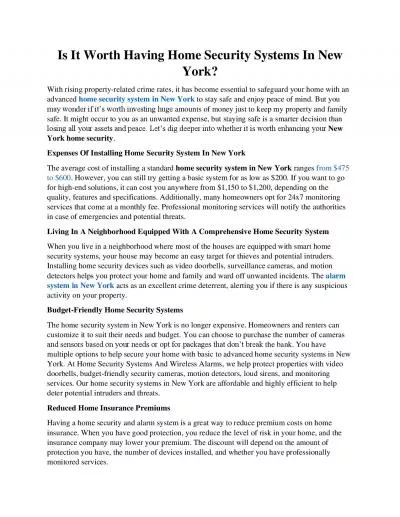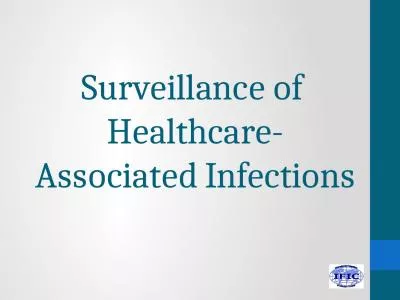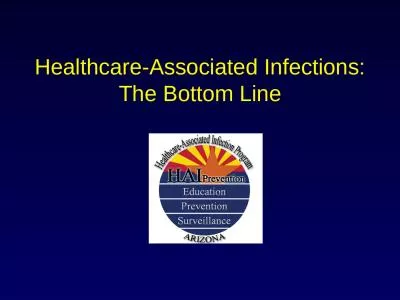PPT-2010 New York State Hospital Acquired Infection (HAI)
Author : collectmcdonalds | Published Date : 2020-08-06
Public Report and National Trends Carole Van Antwerpen Assistant Bureau Director New York State Bureau of Healthcare Associated Infections Hospital Acquired Infection
Presentation Embed Code
Download Presentation
Download Presentation The PPT/PDF document "2010 New York State Hospital Acquired I..." is the property of its rightful owner. Permission is granted to download and print the materials on this website for personal, non-commercial use only, and to display it on your personal computer provided you do not modify the materials and that you retain all copyright notices contained in the materials. By downloading content from our website, you accept the terms of this agreement.
2010 New York State Hospital Acquired Infection (HAI): Transcript
Download Rules Of Document
"2010 New York State Hospital Acquired Infection (HAI)"The content belongs to its owner. You may download and print it for personal use, without modification, and keep all copyright notices. By downloading, you agree to these terms.
Related Documents

